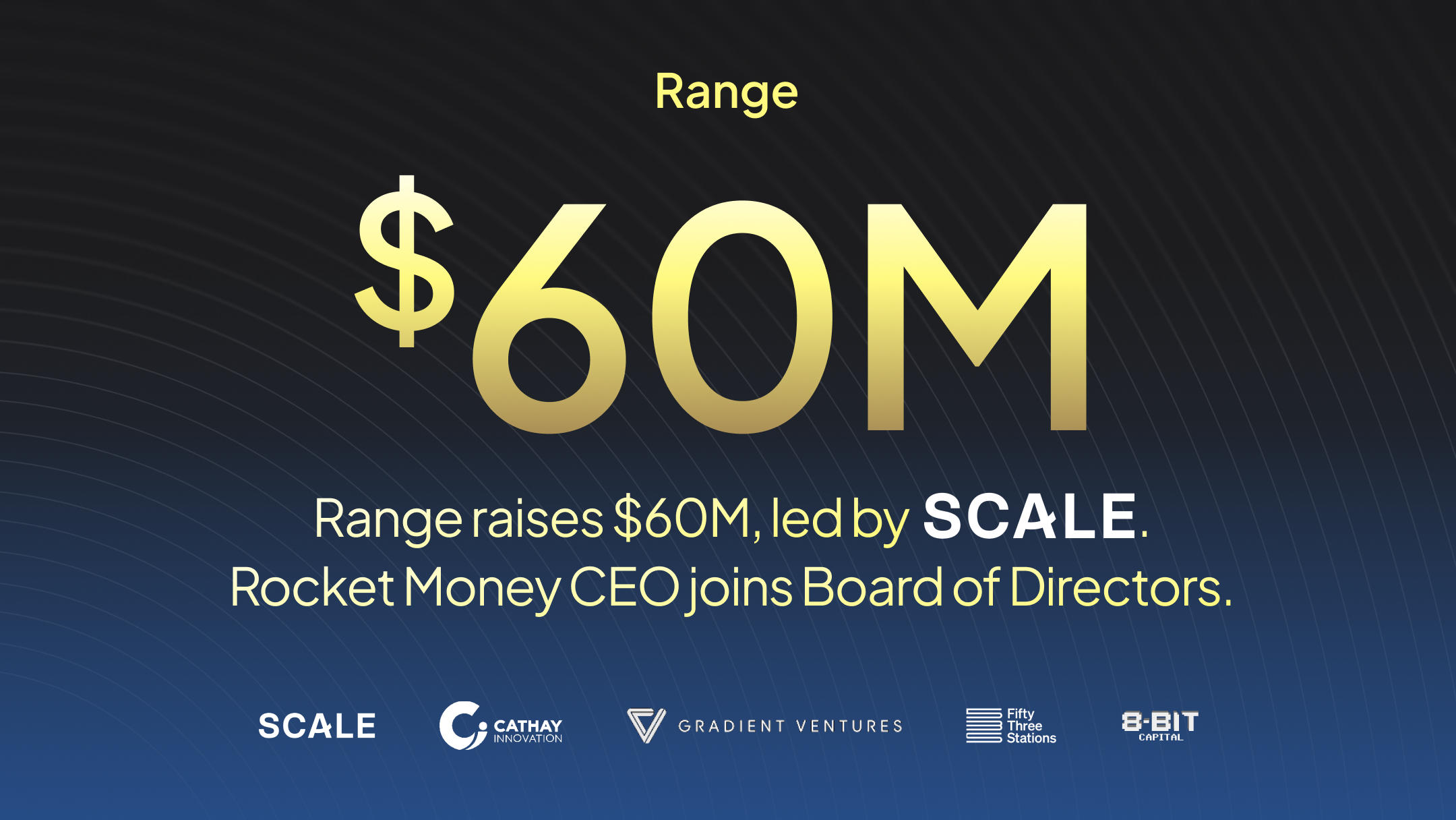"Secure 2.0” continues to shake things up.
At the end of 2022, the US Congress passed the Secure 2.0 bill, aiming to enhance retirement security for Americans—namely for many who have not had access to workplace retirement plans. Many of the provisions went into effect last year, but a few didn’t kick in until January 1, 2024. Here are the changes you should know about:
- Broadening applications for unused college savings. Assets in a 529 plan that will not be used for qualified education expenses may be eligible to be rolled over into a Roth IRA (up to the $7,000 IRA contribution limit, with a maximum lifetime rollover of $35,000–-and the account must have been open for 15 years).
- Help pay down student loans. Employers will be allowed (but not required) to make matching retirement plan contributions for employees who are paying off student loans, regardless of whether the employee contributes to the plan themselves.
- Increasing IRA "catch-up" contributions limits. Going forward, the IRA "catch-up" contribution for earners 50 and older (currently $1,000) will start to be indexed for inflation.
- Increasing the Qualified Charitable Distribution. The limit for Qualified Charitable Distributions from an IRA is now indexed for inflation and increases from $100,000 to $105,000 in 2024 (you must still be at least 70.5 to make this type of distribution).
Additional changes to the retirement landscape are yet to come; here are some of the significant updates still on the horizon:
- Increasing retirement plan “catch-up” contributions. Starting January 1, 2025, workers between 60-63 years old will be able to make catch-up contributions up to $10,000 to their workplace retirement plans (currently, the catch-up amount for people age 50 and older is capped at $7,500).
- No more pre-tax “catch-up” contributions for high earners. Starting January 1, 2026, earners with wages over $145,000 will only be able to make the afore-mentioned “catch-up” contributions to their workplace retirement plans on a Roth (after-tax) basis.
If you have any questions about how the Secure 2.0 bill might impact you, please reach out to Range.
Related resources:
Cheat Code: Double your pre-tax retirement contribution with a 457(b).
Three Things to Know About SECURE Act 2.0
What does F.I.R.E. mean for your retirement?
Retirement Planning: It’s never too early to start.





.svg)
.svg)
.svg)

